yusia
TPF Noob!
Maybe my question is completely dumb, but I still will ask it.
I shoot with 8 megapixels camera in the large RAW format. The files are really big when I download them. I edit them in RAW format, save as jpeg, and edit them a little bit more. After that I save them again as jpegs at max quality. The final file size is about 3.2 megabyte without any cropping.
Where do I lose my pixels?
I don`t understand! Please, help!
I shoot with 8 megapixels camera in the large RAW format. The files are really big when I download them. I edit them in RAW format, save as jpeg, and edit them a little bit more. After that I save them again as jpegs at max quality. The final file size is about 3.2 megabyte without any cropping.
Where do I lose my pixels?
I don`t understand! Please, help!



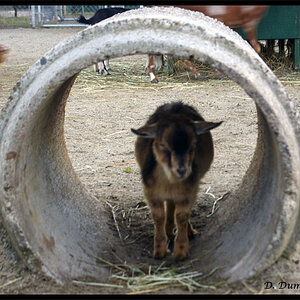

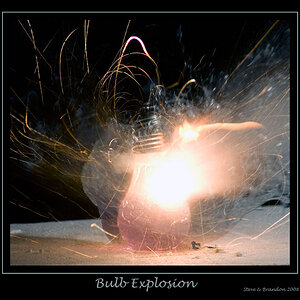
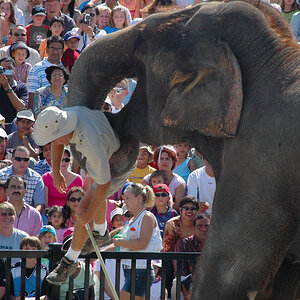
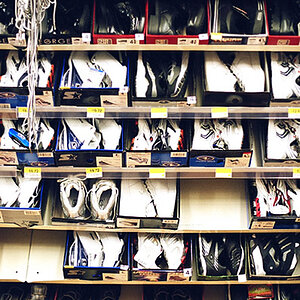
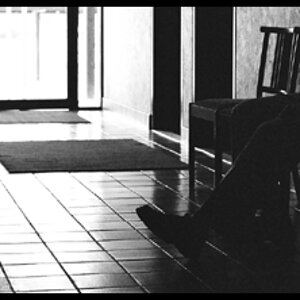
![[No title]](/data/xfmg/thumbnail/32/32806-e16129723fd659a65a21d27ec96c2637.jpg?1619735667)

![[No title]](/data/xfmg/thumbnail/41/41493-60071420f928565170996b4edc3de2f0.jpg?1619739820)
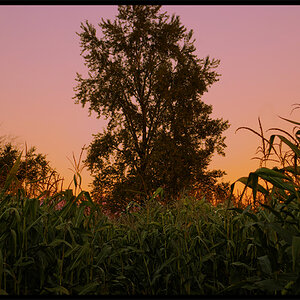
![[No title]](/data/xfmg/thumbnail/38/38739-1ad36a46750bafbe805f009b4453e8be.jpg?1619738703)
![[No title]](/data/xfmg/thumbnail/38/38740-d1a7721cf77e9309a9b4a4829c65fdd4.jpg?1619738704)